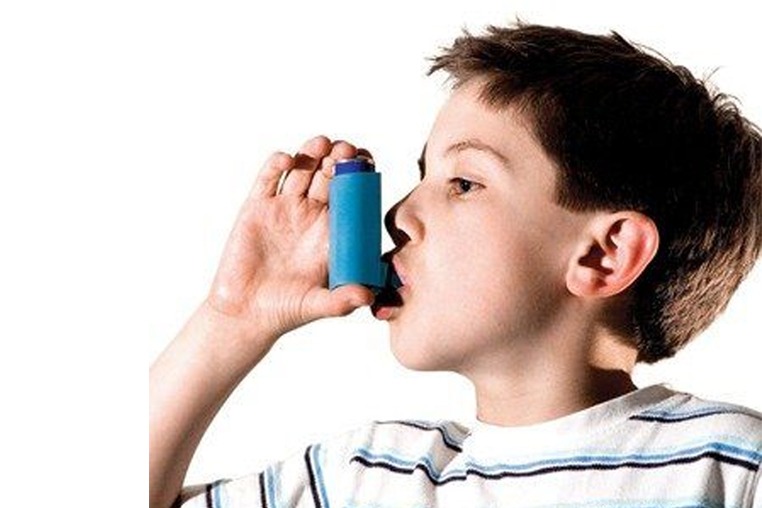First Aid Training in Canberra. Book a Course today. HLTAID001 Provide CPR $60. HLTAID003 Provide First Aid $100. Nationally Recognised Training.
By •

The great British summer is upon us and it’s time to make the most of the sunshine… when it appears!
Here are a few essential first aid tips to help you enjoy a safer summer – wherever you go on holiday.
Football in the park
Cricket, football or frisbee in the park are top ways to enjoy the summer sun. But all that running around makes you sweat, and getting too dehydrated can be harmful.
Heat exhaustion
Heat exhaustion happens when someone loses too much fluid and salt from sweating in hot conditions. If a person has heat exhaustion, they may:
- be dizzy or confused and complain of a headache
- be sweating and have pale, cool skin
- feel nauseous.
What to do
- Help them to a cool place and get them to rest. This will help them start to cool down.
- Give them plenty of water to drink. Isotonic sports drinks are even better as they will also help replace the salts lost through sweating.
- Seek medical advice. Even if the person appears to recover fully, they should seek medical advice. If their condition gets worse, call 000 for emergency help.
Sandy times at the beach

Heading to the coast where the sea breeze keeps things feeling a bit cooler is a great idea in the hot weather. But don’t forget that the sun will still gaze down upon you with all its might.
Prevention is better than cure so apply high factor suncream generously. But if you do get sunburnt, here’s what to do.
Sunburn
What to do
- Move into the shade.
- Have frequent sips of cold water. Cool the affected skin by dabbing with cold water.
- Apply after sun lotion to soothe the area.
Heatstroke
No beach holiday is complete without sunbathing, but sitting out in the sun for too long can make the body overheat and lead to heatstroke.
Heatstroke happens when someone gets so hot that their body can’t control their temperature. It’s much less common than sunburn and very serious – the person needs help straight away.
A person with heatstroke may:
- have hot, flushed and dry skin
- have a headache, feel dizzy or be confused and restless
- get worse quickly and become unresponsive.
What to do
- Call 000 immediately or get someone else to do it.
- Cool them. Quickly move them into a cool environment and remove outer clothing. Wrap them in a cold, wet sheet and keep pouring water over them.
- Keep cooling them while waiting for help to arrive. If their temperature returns to normal and they no longer feel hot to touch, you can stop cooling them.
Picnic in the countryside

Countryside walks and a homemade picnic are best enjoyed in the sunshine. But all that delicious food can attract insects – some of which may bite or sting.
Bites and stings
What to do
- If someone has been stung and the sting is visible on the skin, use the edge of a credit card to scrape it away.
- Apply an ice-pack to the affected area to minimise pain and swelling.
Stung in the mouth or throat? Ouch! Get them to suck on an ice cube or sip a glass of cold water to prevent swelling. If swelling does start to develop it could block their airway so call 000.
Getting worse?
Watch for signs of a more severe allergic reaction. These include a rash, itchiness or swelling on a person’s hands, feet or face. Their breathing may also slow down.
What to do
- Call 000.
- Reassure them while waiting for the ambulance.
- If they have a known allergy and an auto-injector (or EpiPen), help them to use it. Or do it yourself following the guidance on the product./li>
BBQ in the garden

Sizzling sausages on the barbacue in the garden is a fine way to spend a glorious day. But accidents can happen.
Burns
What to do
- Cool the burn under cold running water for at least ten minutes. This will help to reduce pain, swelling and the risk of scarring. The faster and longer a burn is cooled, the less the impact of the injury.
- After the burn has been cooled, cover it with cling film or a clean plastic bag to help prevent infection by keeping the area clean. It won’t stick to the burn and reduces pain by keeping air from the skin’s surface.
- Call 000 if the burn is more serious or if a baby or child has been burned.
No water? No problem
If you don’t have immediate access to cold running water, you can use any cold harmless liquid like orange juice – or even a cold beer – to cool the burn as quickly as possible.
First aid at your fingertips
- Book in to a first aid training course in Canberra with Canberra First Aid where you will get a free first aid app and also CPR Face mask and a First Aid Training Manual. www.canberrafirstaid.com
This piece was written in 5 July 2016 and updated on 4 June 2018.


